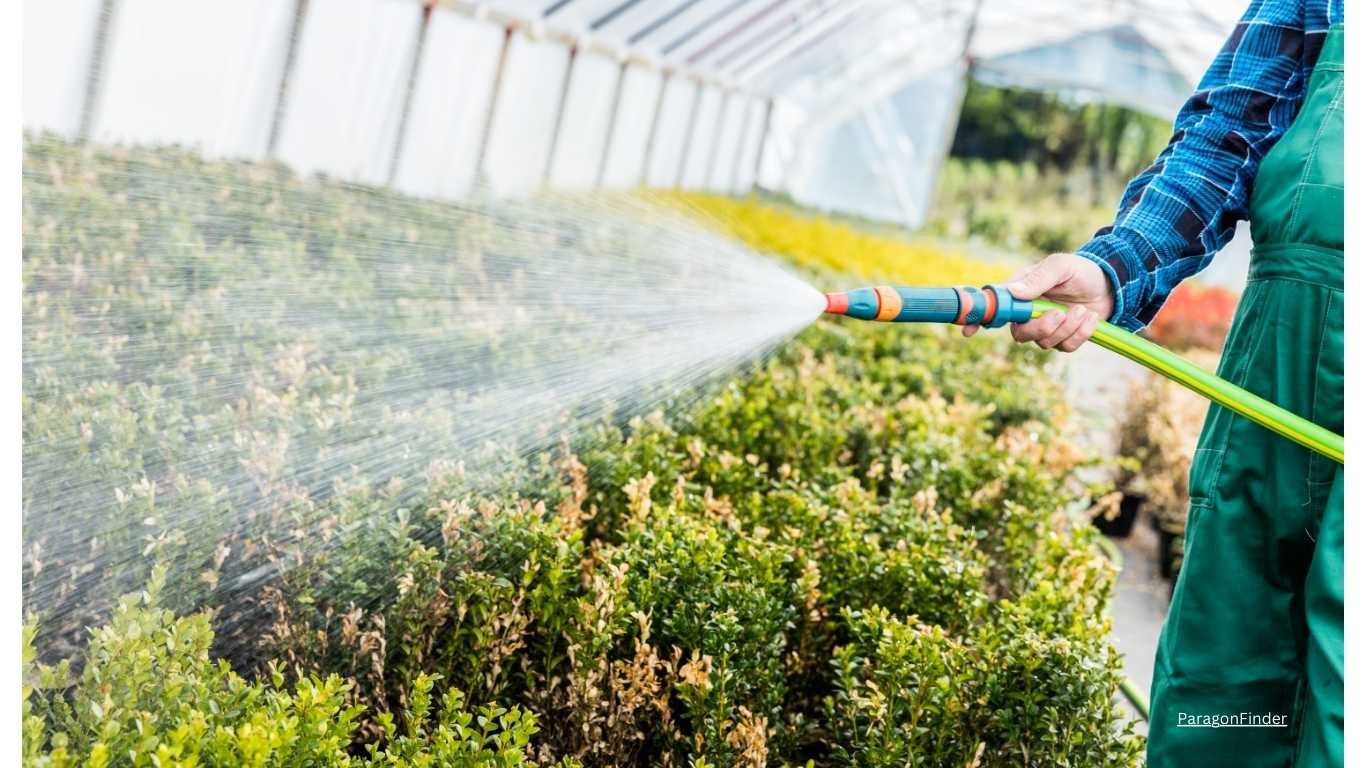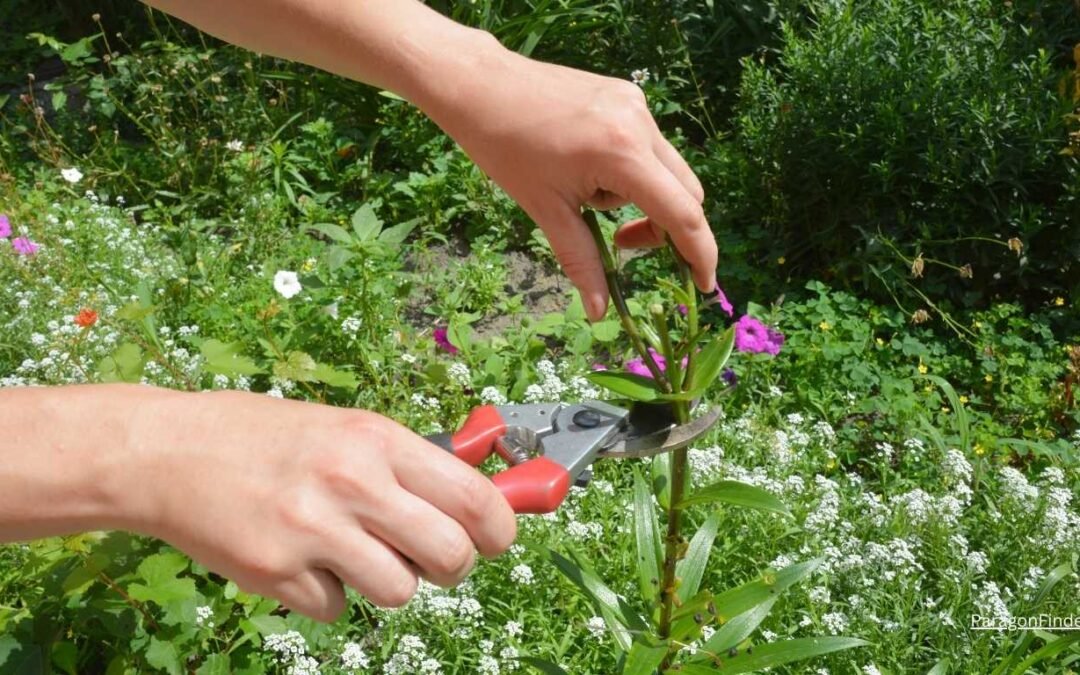Flowers are one of the most beautiful and intricate structures in the natural world. They captivate our senses with their vibrant colors, enchanting fragrances, and diverse forms. But beyond their aesthetic appeal, flowers play a crucial role in the life cycle of plants. Understanding “how is a flower useful for the plant” reveals a fascinating interplay of biology, ecology, and evolution. In this article, we will explore the multifaceted functions of flowers, their significance in plant reproduction, and their impact on ecosystems.

The Purpose of Flowers: A Biological Perspective
At the most fundamental level, flowers are the reproductive organs of angiosperms, or flowering plants. Their primary purpose is to facilitate reproduction, ensuring the continuation of the plant species. Flowers house the reproductive structures necessary for the production of seeds, which will eventually grow into new plants.
Pollination: The First Step in Reproduction
Pollination is the process by which pollen grains from the male part of the flower (the anther) are transferred to the female part (the stigma). This can occur within the same flower, between flowers on the same plant, or between flowers on different plants of the same species. Pollination is essential for fertilization, leading to the development of seeds.
Flowers have evolved various mechanisms to attract pollinators, such as insects, birds, bats, and even wind. Brightly colored petals, enticing scents, and nectar rewards are all strategies to lure pollinators. For example, bees are attracted to flowers with ultraviolet patterns, which are invisible to the human eye but guide the bees to the nectar.
Fertilization: Creating the Next Generation
Once pollination occurs, fertilization follows. The pollen grain germinates on the stigma, and a pollen tube grows down through the style to the ovary, where the egg cells are located. The sperm cells travel through the pollen tube to fertilize the eggs, resulting in the formation of seeds.
Seeds are the embryonic plants, equipped with a food supply and protective coating, ready to grow into new plants under suitable conditions. This seed production is a direct outcome of the flower’s role in reproduction, ensuring the plant’s lineage continues.
Beyond Reproduction: Additional Benefits of Flowers to Plants
While reproduction is the primary function of flowers, they offer several other benefits that contribute to the overall health and survival of plants.
Genetic Diversity Through Cross-Pollination
Cross-pollination, where pollen is transferred between different plants, is facilitated by flowers and is crucial for genetic diversity. This genetic variation makes plant populations more resilient to diseases, environmental changes, and pests. By attracting diverse pollinators, flowers increase the likelihood of cross-pollination, enhancing the plant’s adaptability and long-term survival.
Attraction of Beneficial Insects
Flowers attract not only pollinators but also beneficial insects that help protect the plant from herbivores. For instance, certain flowers produce nectar that attracts predatory insects, such as ladybugs and parasitic wasps, which prey on plant-eating pests. This symbiotic relationship helps maintain the plant’s health and reduce damage from herbivores.
Symbiosis with Mycorrhizal Fungi
Some flowers secrete chemicals that attract mycorrhizal fungi to the plant’s roots. These fungi form symbiotic relationships with the plant, aiding in nutrient absorption, particularly phosphorus and nitrogen. In return, the plant provides the fungi with carbohydrates produced through photosynthesis. This mutually beneficial interaction enhances the plant’s growth and resilience.
The Ecological Impact of Flowers
Flowers are integral components of ecosystems, influencing a wide range of ecological interactions. Their presence and activity can shape entire habitats, affecting not only plant species but also animals and microorganisms.
Supporting Biodiversity
By attracting a variety of pollinators, flowers support the survival of many animal species. Bees, butterflies, birds, and bats rely on flowers for food, creating a web of interactions that bolster ecosystem biodiversity. The decline of flower populations can have cascading effects, leading to reductions in pollinator populations and, subsequently, the species that depend on them.
Food Web Dynamics
Flowers are a crucial source of nectar and pollen, which are primary food resources for many insects and birds. These pollinators, in turn, serve as prey for larger predators, contributing to the stability and complexity of food webs. The availability and abundance of flowers can directly influence the population dynamics of various species within an ecosystem.
Climate Regulation and Carbon Sequestration
Flowering plants play a role in climate regulation through photosynthesis, a process that removes carbon dioxide from the atmosphere and produces oxygen. Forests and grasslands, dominated by flowering plants, act as significant carbon sinks, mitigating the effects of climate change. Moreover, flowers contribute to the aesthetic and cultural value of natural landscapes, enhancing human appreciation and conservation efforts.
Human Interaction with Flowers: Cultural and Economic Significance
Humans have a long-standing relationship with flowers, which extends beyond their ecological and biological importance. Flowers hold substantial cultural, economic, and medicinal value, influencing human societies in various ways.
Cultural and Symbolic Value
Throughout history, flowers have been used as symbols in art, literature, and rituals. They represent various emotions and ideas, from love and beauty to mourning and remembrance. The language of flowers, or floriography, has been a means of communication in many cultures, where specific flowers convey specific messages.
Economic Importance
The horticulture industry, which includes the cultivation and sale of flowers, is a significant economic sector. Flowers are grown for ornamental purposes, landscaping, and floristry, generating substantial revenue worldwide. The demand for flowers drives agricultural practices, influencing land use and labor markets.
Medicinal Uses
Many flowers have medicinal properties and are used in traditional and modern medicine. For example, the flower of the chamomile plant is known for its calming effects and is used to make herbal teas. Similarly, the petals of the marigold flower have antiseptic properties and are used in ointments and creams. The medicinal use of flowers highlights their importance in health and well-being.
Personal Reflections on the Role of Flowers
Reflecting on the question, “how is a flower useful for the plant,” brings to light not only scientific facts but also personal connections. Flowers remind us of the intricate beauty and interconnectedness of life. They are symbols of resilience and adaptation, demonstrating how organisms evolve to survive and thrive in their environments.
In my own experience, tending to flowers in a garden has provided a deeper appreciation for their role in nature. Observing the delicate process of pollination, the vibrant activity of bees and butterflies, and the eventual formation of seeds underscores the complexity and wonder of plant life. Flowers serve as a daily reminder of the importance of preserving biodiversity and the natural world.
Conclusion
Flowers are far more than decorative elements in nature. They are vital to the reproductive success of plants, contributing to genetic diversity, ecological stability, and interspecies interactions. Understanding “how is a flower useful for the plant” reveals a multifaceted role that extends beyond reproduction to encompass ecological, cultural, and economic significance. As we continue to explore and appreciate the natural world, flowers stand out as remarkable examples of nature’s ingenuity and beauty. By recognizing and protecting the essential functions of flowers, we can ensure the health and resilience of our ecosystems for generations to come.

